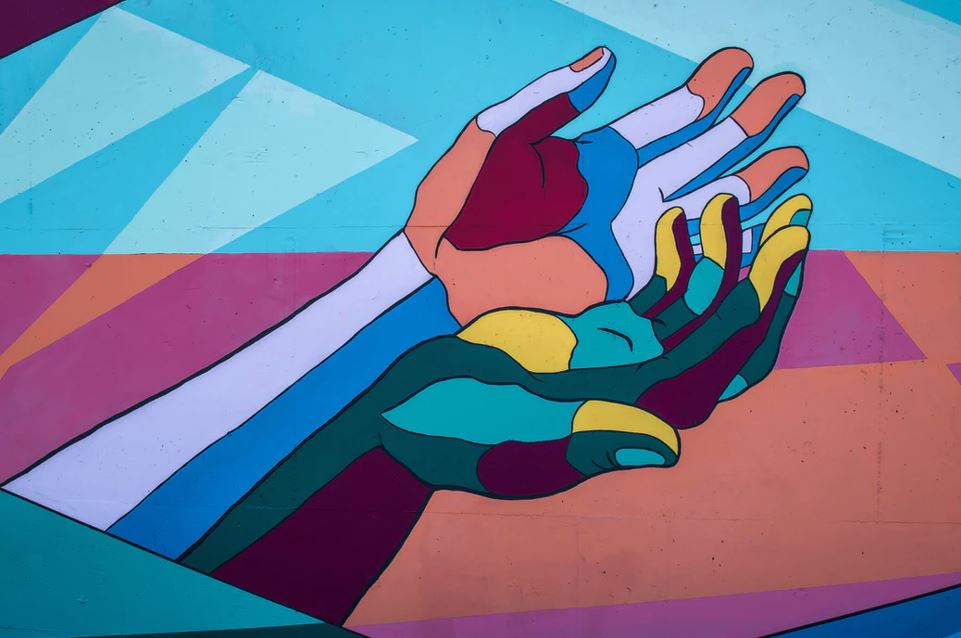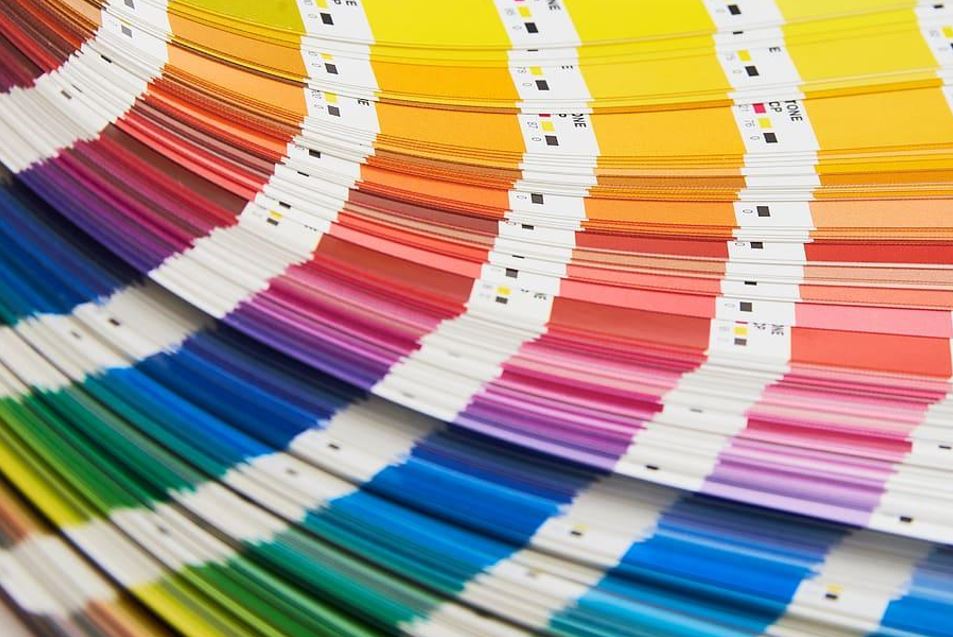
Core Light Healing: Color Therapy Guides for Winter Blues
Depression is quickly becoming one of the most predominant health disorders of our time. This condition affects over 16 million people (6% of the population) in the United States, and globally, over 268 million people suffer from it.
Seasonal Affective Disorder (SAD), also known as seasonal depression, is a type of depression that tends to affect its sufferers during the winter months. Most people with SAD experience depressive symptoms from late fall to early spring, especially those living in the northern hemisphere where there’s limited sunlight during the colder months.
The Symptoms of Seasonal Blues
Patients are typically only diagnosed with SAD after suffering three consecutive years of seasonal depression. However, you don’t need an official diagnosis to know that you suffer from the ‘winter blues’ when the season rolls around. Some of the most prevalent symptoms include low energy levels, oversleeping, and persistent cravings for carbohydrates and sugar.
It’s important to remember depression affects everyone differently, so your symptoms may differ from the common ones mentioned above. A study from the medical journal Neuropharmacology has suggested that the THC and CBD in cannabis can provide some benefits for people dealing with depression.
Likewise, other therapies like color therapy could help to alleviate some symptoms and help you beat the winter blues. Of course, remember to speak to your doctor for advice before trying any alternative therapies for this condition.
Useful Colors for Different Symptoms
1. Anxiety
Experiencing feelings of stress from time to time is perfectly normal. However, people with seasonal depression often deal with severe anxiety that can be debilitating.
Some of the best colors to ease feelings of stress and anxiousness are aqua, magenta, indigo and rose. These colors promote relaxation and provide a sense of tranquility during stressful times.
2. Apathy
Another notable symptom of the winter blues is apathy towards activities you used to enjoy. SAD sufferers may find it difficult to motivate themselves to do even the smallest tasks.
You can incorporate colors like indigo, violet and yellow into your color therapy regime to promote your own inspiration, creativity and motivation.
3. Oversleeping and Low Energy Levels
People with seasonal depression typically feel exhausted and oversleep as a result, no matter how much sleep they get at night.
The color red may be able to help by promoting feelings of vitality, warmth and comfort. It can also help to stimulate your appetite if you’re suffering from appetite loss.
4. Overeating
Some SAD sufferers lose their appetites during winter, but many tend to overeat during the colder months.
If you’re feeling bloated or gaining weight, colors like Baker-Miller rose pink can act as an appetite suppressant and induce feelings of relaxation and calmness too.
5. Self-Isolation
People who suffer from seasonal depression tend to isolate themselves, stay in bed, and start to lose touch with their friends and loved ones.
Hues like blue and orange can promote better communication and confidence, which may get you feeling more social and ready to reach out.
6. Depressed States
One of the most prominent symptoms of the winter blues is persistent sadness. Cheerful colors like orange, yellow and magenta can help to promote confidence, creativity and joy when you’re feeling low.
7. Brain Fog and Concentration Difficulties
Is your brain just not cooperating with you as those deadlines loom ahead? SAD can cause brain fog and concentration difficulties that persist until summer rolls around again.
Yellow is a great color for improving your focus and promoting lasting mental clarity.

How to Use Color Therapy
The winter blues can sap your energy levels and your willingness to try new things. Luckily, color therapy is easy to incorporate into your everyday routine in simple, approachable steps.
You can use color therapy to treat some symptoms of SAD by incorporating key colors into your life in the following ways.
- Color light therapy. This form of therapy is based on the fact that various colors have associations with different frequencies and spectrums of light. You can choose a specific color to work with and find a light bulb in that hue to incorporate color therapy into your living space.
Spend a few hours in the colored light each day and pay attention to any differences you notice in your mood. Tones like orange, red and yellow may be helpful for those suffering from depression.
- Coloring books and mandalas. You can easily incorporate color therapy into your routine through drawing and coloring. Find some adult coloring books or print some pretty mandala coloring pages off the web and start coloring to your heart’s desire.
Try working with a few colors that correspond to the symptoms and challenges you’re currently experiencing. Creative activities stimulate areas of the brain associated with inspiration and calmness, helping to ease stress and anxiety. You can also incorporate cannabis into your creative sessions to amplify their relaxing power.
- Wardrobe color therapy. Wearing specific colors is an easy way to incorporate color therapy into your life without making drastic changes. Try adding brightly toned makeup, accessories, or clothes to your closet in the colors that you find most uplifting.
- Decor and accessories. If there’s a specific color that really works for you, why not make a big change and paint a certain room (or your whole house) in that hue? You can decorate and accessorize your home with items like cushions, linens, curtains or paintings that fall in line with color therapy guidelines.
- Color baths. You can find colorful bath drops or bath bombs online and add them to your baths in winter. Try products with invigorating essential oils for an even more potent mood boost.
- Diet therapy. Possibly the simplest and healthiest way to practice color therapy is to eat a rainbow of healthy foods. If you find red and orange to be the most helpful colors for your seasonal depression, try eating more apples, strawberries, oranges, pumpkins, orange bell peppers, carrots, herbal teas, and other foods that match those tones.
Remember to adjust your eating habits to your dietary needs and to change up the colors you eat so that you get a full complement of nutrients in your diet.
Live a Colorful Life
Color therapy, cannabis, or other CBD supplements are the most promising alternative therapies available for sufferers of Seasonal Affective Disorder.
You can incorporate color therapy into your life by trying new creative hobbies, updating your home décor and wardrobe, trying out color light therapy, taking color baths, and eating healthy, colorful foods whenever possible.


